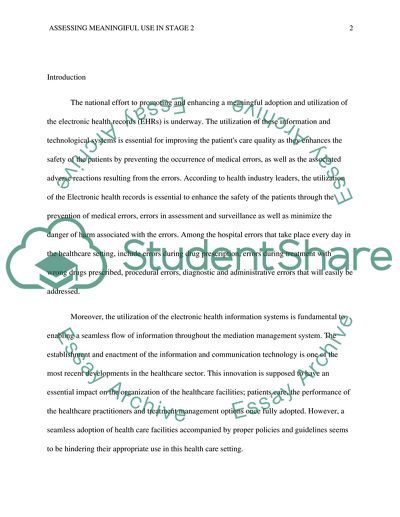Cite this document
(“Assessing Meaningful Use in stage two to improve quality of care Essay - 1”, n.d.)
Assessing Meaningful Use in stage two to improve quality of care Essay - 1. Retrieved from https://studentshare.org/health-sciences-medicine/1691148-assessing-meaningful-use-in-stage-two-to-improve-quality-of-care
Assessing Meaningful Use in stage two to improve quality of care Essay - 1. Retrieved from https://studentshare.org/health-sciences-medicine/1691148-assessing-meaningful-use-in-stage-two-to-improve-quality-of-care
(Assessing Meaningful Use in Stage Two to Improve Quality of Care Essay - 1)
Assessing Meaningful Use in Stage Two to Improve Quality of Care Essay - 1. https://studentshare.org/health-sciences-medicine/1691148-assessing-meaningful-use-in-stage-two-to-improve-quality-of-care.
Assessing Meaningful Use in Stage Two to Improve Quality of Care Essay - 1. https://studentshare.org/health-sciences-medicine/1691148-assessing-meaningful-use-in-stage-two-to-improve-quality-of-care.
“Assessing Meaningful Use in Stage Two to Improve Quality of Care Essay - 1”, n.d. https://studentshare.org/health-sciences-medicine/1691148-assessing-meaningful-use-in-stage-two-to-improve-quality-of-care.


